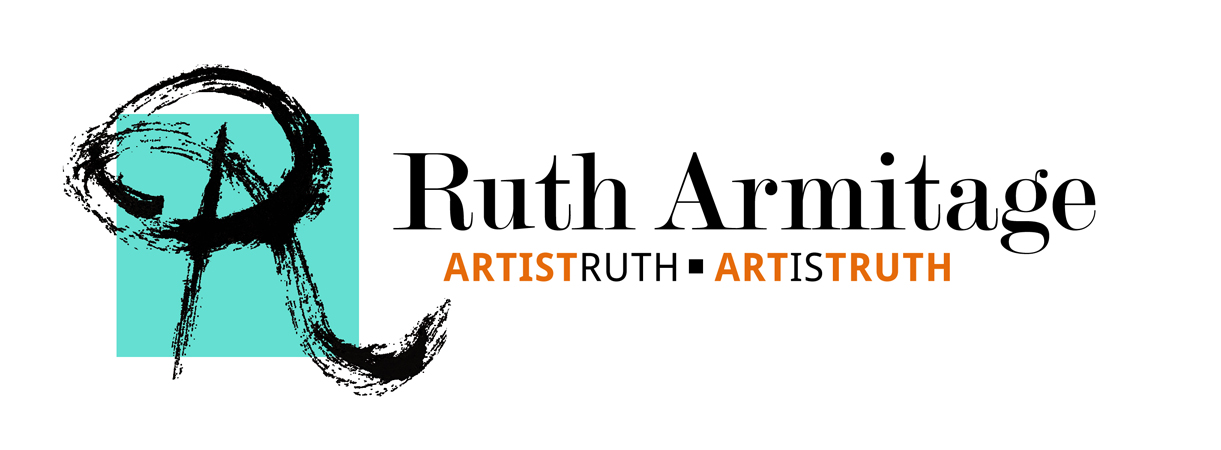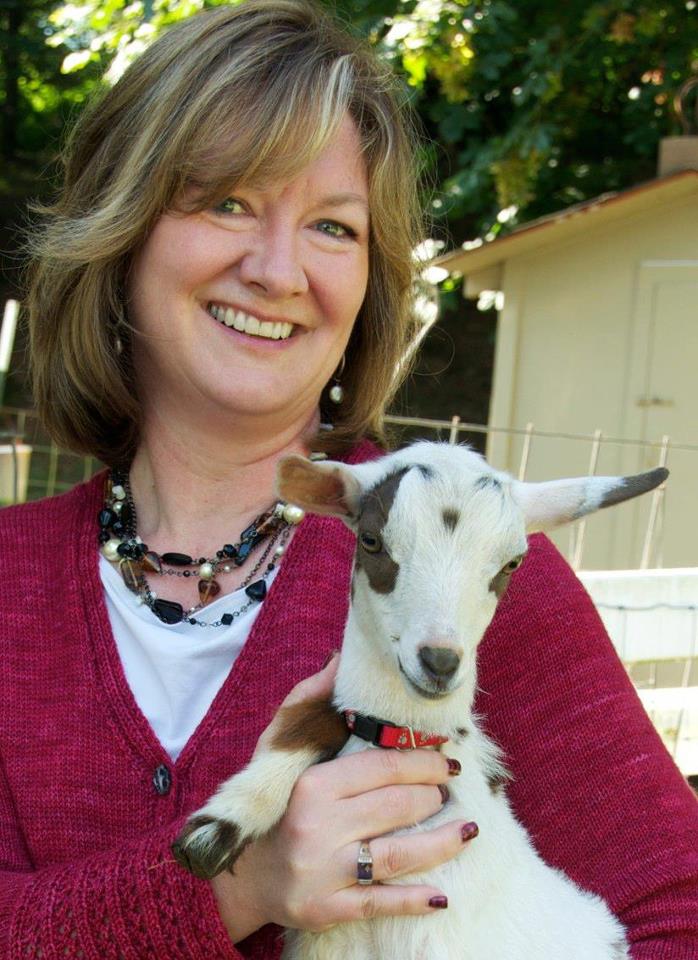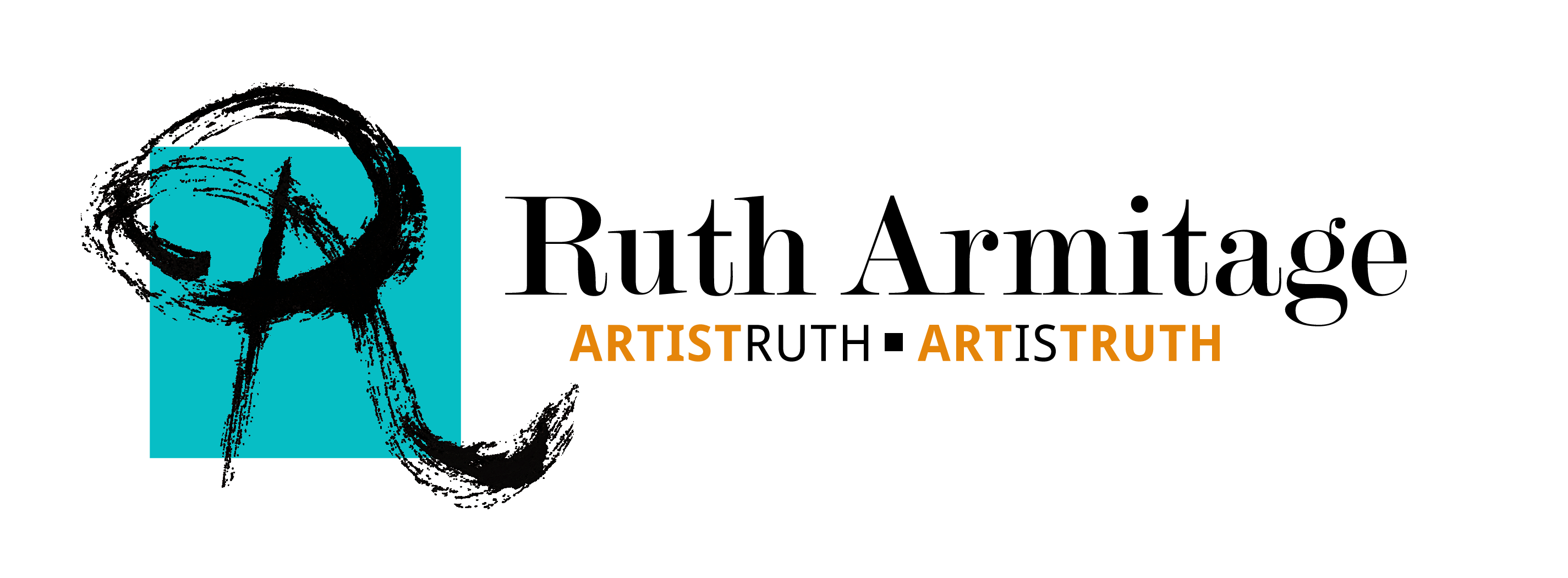“In every one of us there are two ruling and directing principles, whose guidance we follow wherever they may lead; the one being an innate desire of pleasure; the other, an acquired judgment which aspires after excellence.” (Socrates)
Don Gray’s Studio
Last week I was invited to a gathering of art friends at the home of Don Gray. We had some great conversation about making art and collecting art, and specifically about realism and abstraction. In listening to others describe their process and in describing my own, it struck me again how the two impulses described in the Socrates quote above are relevant to us all.
Each of us gathered were competent artists, and yet each was extremely curious about the process of creation for the others. It seems we all vacillate between seeking to please ourselves and seeking to please others. Our art-making quest is a combination of play (like Julia Child) and serious aspiration to succeed (like Socrates.)
I left feeling validated and inspired by the diversity of Don’s work. I enjoyed meeting artists whose work I’ve admired, and also simply being with those who understand the schizophrenic back & forth of the creative process.
One of the things I learned in teaching my recent workshop for Contemporary Watercolorists of Arizona is how an artist I admire (Stan Kurth) and I differ in our approach to teaching. I often emphasize dominance in workshops. I find a focused approach often leads to a more unified painting, and that it is easier to add variety in the later stages than to pull chaos together.
Stan, on the other hand, emphasizes variety. This surprised me, because I find his paintings so unified, but it also made sense when he explained that he teaches that if you’re using color, use a variety of color… if you’re using line, use a variety of line, etc. And he likes to see some contrasts in each of the elements: value, shape, line, color & texture/pattern.
This makes sense too! I’ve been asked to write about my process of abstraction, so here’s the best summary I can give. Before I paint, I start with a specific memory, emotion or idea. This series is loosely based on memories of growing up on our family farm, between Albany & Corvallis, Oregon. I try to get as specific as possible with the idea… not just thinking about a general topic, like the farm, but narrowing it down to ‘havest’ and often more specifically ‘driving a combine at night.’ (See painting “Night Havest.“)
I almost always decide in advance whether the painting will be mostly warm or mostly cool, and whether I will emphasize color, shape, texture etc. The rest of the process is simply an exploration of ‘what if’s.’ I start somewhere, and improvise from that point. I like to compare the process to improvisation in jazz, rather than reading sheet music.
The knowledge of art forms and techniques is in your back pocket in case you get lost, just like music theory backs up a jazz musician. But creating the painting is not about combining that knowledge. It is, rather, a matter of expression and choices. Each choice I make relates to the narrative I have chosen for that painting.
Whether the viewer understands the narrative I’ve chosen is not really important to me, though I believe that people respond to my work because of the deeply personal content that drives the work. Understanding a work of abstraction is not really necessary to appreciate it.
“Do you ever know what the birds are singing? You don’t. But you listen to them anyway. So Sometimes with art, it is important just to look.” – Picasso
“You can’t dig for truth in every area. Must there be an answer? You take a flower, and you take every petal, and you won’t have a flower. Keep the flower.” – Louise Nevelson
New work this week:
First, the demonstration painting from my workshop at CWA last month. I’ve worked more on it… added more layers etc. Here is what it looked like at the end of the demonstration:

In process
And now…

“Mother Apple” ©Ruth Armitage 2015 Mixed Media on Paper 30×22″
And here is my demonstration painting from last week’s class at OSA. Click the following link to read more about it in my newsletter. If you’re not already subscribing, you can do that here!

“Telephone” ©Ruth Armitage 2015 Watercolor & Gouache on paper 22×15″




Thanks for this eloquent piece about your process. It comes at a good time for me when I have been pondering a piece from the internet that seems to put down the creative process in favor of the academics of old. It has been troubling me. I appreciate the art you do and your ability to speak about it so clearly. You are a treasure.
What a good and useful article which resonates with the artist in me and should be helpful to those who strive to understand abstraction. Thanks for taking the time to write about this subject.
So love the reminder about “the schizophrenic back and forth” which is me…and I always think it’s just me until I hear you. I am still enjoying the workshop which was a month ago in Rocklin…so thanks for that too.
Thanks Bobbie, Jo & Susan 🙂 Your comments mean so much!